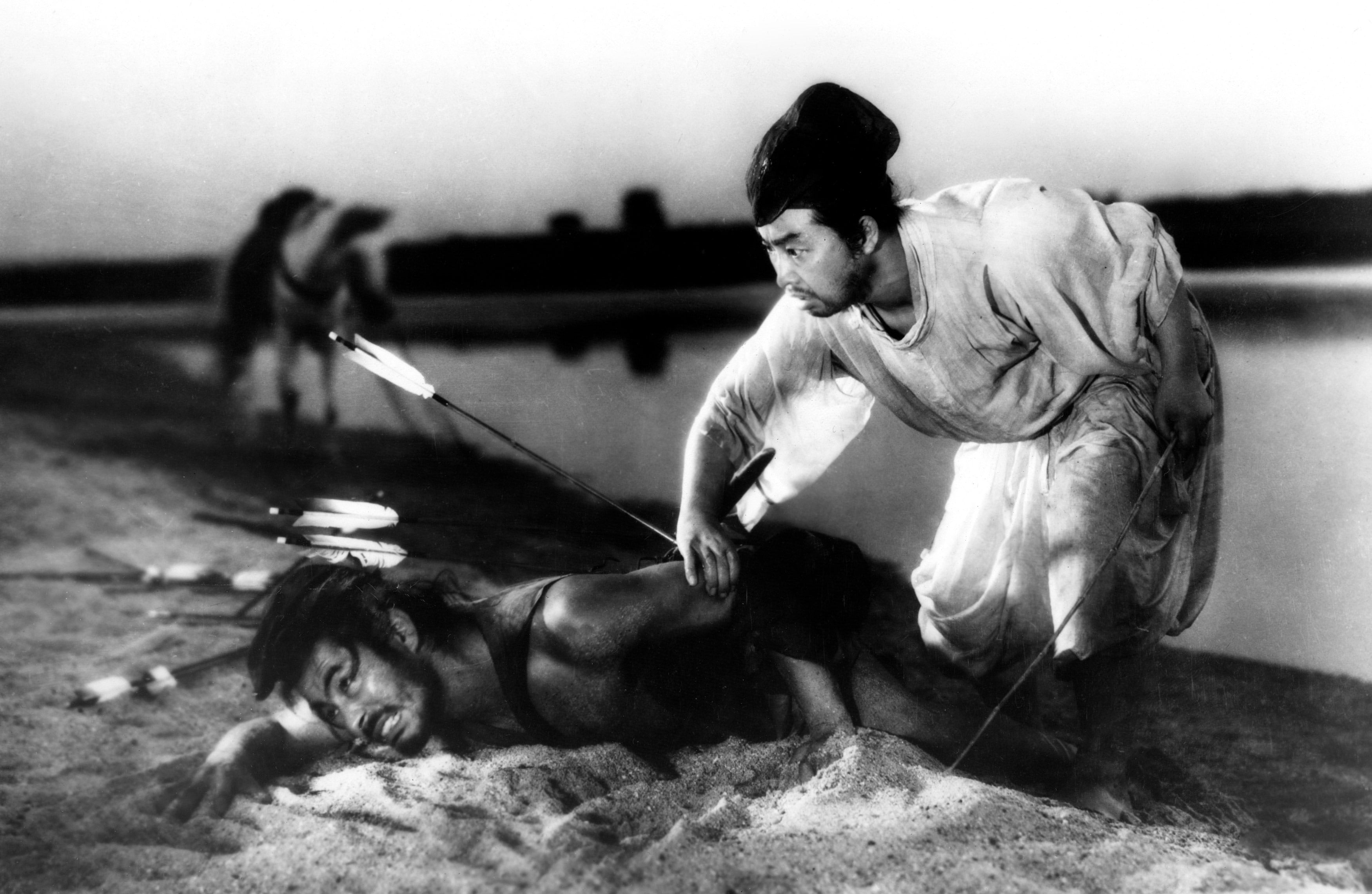Art | Cinema | Editing | Filmmaking | Storytelling | Concept

Named after Soviet filmmaker Lev Kuleshov, the Kuleshov Effect is a storytelling technique leveraging the power of editing to influence the viewer’s interpretation by deliberate choice of shots edited together sequentially.
In Kuleshov’s experiment during the 1910s, he paired the same neutral facial expression with different shots eliciting different emotional responses and interpretations from the audience for the same expression. He showed a neutral face, then cut to something — a bowl of soup, a girl in a coffin, and a woman. Suddenly, the audience thinks the expression on the face has changed in reaction to what they are shown, although it was the same facial expression.
Movies like Se7en (1995), Silence of the Lambs (1991), Shutter Island (2010), and The Dark Knight Rises (2012) are a few examples that have the Kuleshov Effect. By tapping into the audience’s instinct to connect images, these films juxtapose shots to create new meanings.
Let’s talk about the Rashomon effect now!
Named after the 1950 Japanese film Rashomon by Akira Kurosawa, it refers to the cinematic technique of presenting an event with varying and conflicting interpretations from different individuals but equally believable. It underscores the subjective nature of truth in storytelling.
The Usual Suspects (1995) and Gone Girl (2014) are films that take a page from the Rashomon effect. A powerful way to show that truth can be as varied as the people experiencing it.
And now ‘breaking the fourth wall’.
The fourth wall is a metaphorical construct in theatre and films, which represents the invisible boundary between the stage/screen and the audience.
By employing a narrative technique where characters momentarily engage with their audience through the stage/screen, it’s breaking that fourth wall.
Characters may glance at you through the camera, share their inner thoughts, talk with the audience, address them, or pass a commentary.
Fight Club (1999), Lord of War (2005), Deadpool (2016), Mardaani 2 (2019), and She-Hulk: Attorney at Law (2022) are a few examples that have used this cinematic device to break the barrier between fiction and the audience.
Read More Stories
Kathmandu’s decay: From glorious past to ominous future
Kathmandu: The legend and the legacy Legend about Kathmandus evolution holds that the...
Kathmandu - A crumbling valley!
Valleys and cities should be young, vibrant, inspiring and full of hopes with...
Today’s weather: Monsoon deepens across Nepal, bringing rain, risk, and rising rivers
Monsoon winds have taken hold across Nepal, with cloudy skies and bouts of...